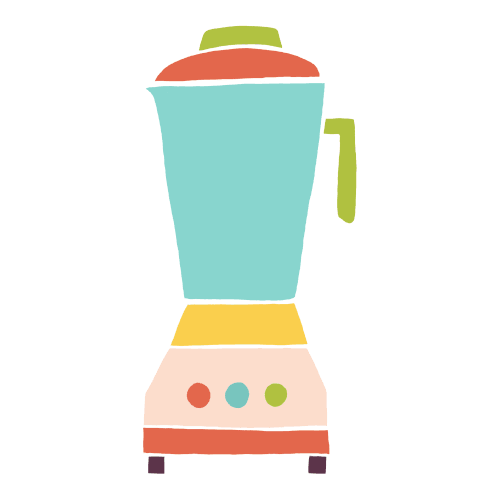
There’s an article I recently read that described how schools were planning to use digital capture tools, such as OneNote’s Notebook or Google Keep. The plan is for students to take notes and to use them as a digital binder of sorts. Some of these schools considering this are “one-to-one” device schools and have a goal of becoming paperless. To be clear this article is not intended as a criticism of any school moving in an all digital, or "paperless", direction. It is simply an explanation of my experience of how students learn best. When we blending digital and analog tools we enhances students likelihood to succeed.
I wish I would have kept track of the number of schools over the years, who both wanted and needed Organized Binder, but in the end were forced to go in a different direction because they had a goal of becoming a paperless school. We've urged these schools to reconsider, to integrate technology in a blended way, along with Organized Binder. Our experience is that blended models set students up for success. In these learning environments students have what a homeschool parent who uses Organized Binder with her 4th grade son calls, "a tangible anchor to their school day while building evidence of their learning."
Thanks for reading this article, which I will publish in 4 parts. I hope you take a moment to click on every link below and spend a few seconds, or minutes, watching/reading what is there, or maybe even “capturing it” to read later - including when I introduce my friends at the end of Part 4!
After reading this article I decided to explore OneNote’s Notebook and Google Keep through the lens of note taking and organizational tools. Take a moment to watch the short introduction video to OneNote’s Notebook. It literally begins with, "Are you and your students constantly sifting through notes or scribbling ideas all over only to misplace them..." This video acknowledges a common issue in education around the world - many students, educators, and homeschool parents lack organizational skills, or an organized routine. As expected from a technology company, Microsoft’s approach to addressing the issue is to grab a device and jump online. The video goes on to explain some cool features of OneNote's Notebooks - which happen to be very similar to most web-based document functionality. However, the message is that moving things "online" will solve a lack of organization.
If we play this thought out and follow their theory, then what is suggested is that if a student is disorganized, we should hand them a laptop to solve the students lack of organization. Does this mean that if a student lacks organizational skills, or any academic skills and habits for that matter, we should remove the opportunity for them to struggle through daily practice employing them with the aim of someday developing that skill as their own? This plan would suggest that students already have the skills of organization to succeed, which in my experience is a gross overstatement! Twenty years of teaching, in many classroom settings, has given me the experience to observe that students (especially those who lack the academic skills and habits that are the bedrock for learning) are most successful when they get routine practice employing these skills, not avoiding them.
“In moving to college and career readiness for all, we must now teach some skills formerly learned by students on their own. All students need lessons and modeling of study and work skills like time and task management, note taking, and assignment completion strategies...”
Robert Belfanz in Putting Middle Grades Students on The Graduation Path
The truth is that students are more successful when they gain competency with noncognitive factors and executive functions. We know this as an indisputable fact. When we identify an area of weakness in a student, which is a big part of an educator’s job, the last thing we should do is avoid it. Learning is a journey and getting clear on a student's "zone of proximal development" as they grow and progress is key. Simply moving online will most likely not address the central issue impeding learning.
Some suggest that students can get practice with noncognitive skills and executive functions with a device and access to the internet. In parts 2 and 3 of this article I will argue for the impact of hands-on analog tools, like Organized Binder, to give students this practice. I will also explore how blending digital learning environments with Organized Binder can create tangible evidence of student effort and learning, why taking notes longhand increases retention, and how to best give students daily practice with noncognitive skills by embedding it into a predictable learning routine, whether you are learning at home, in a classroom, or in a hybrid schedule.
I accepted a 30 day writing challenge with Danny Bauer so look for a post each day. You can read Part 2 by clicking here.
Until then, be well,
Mitch